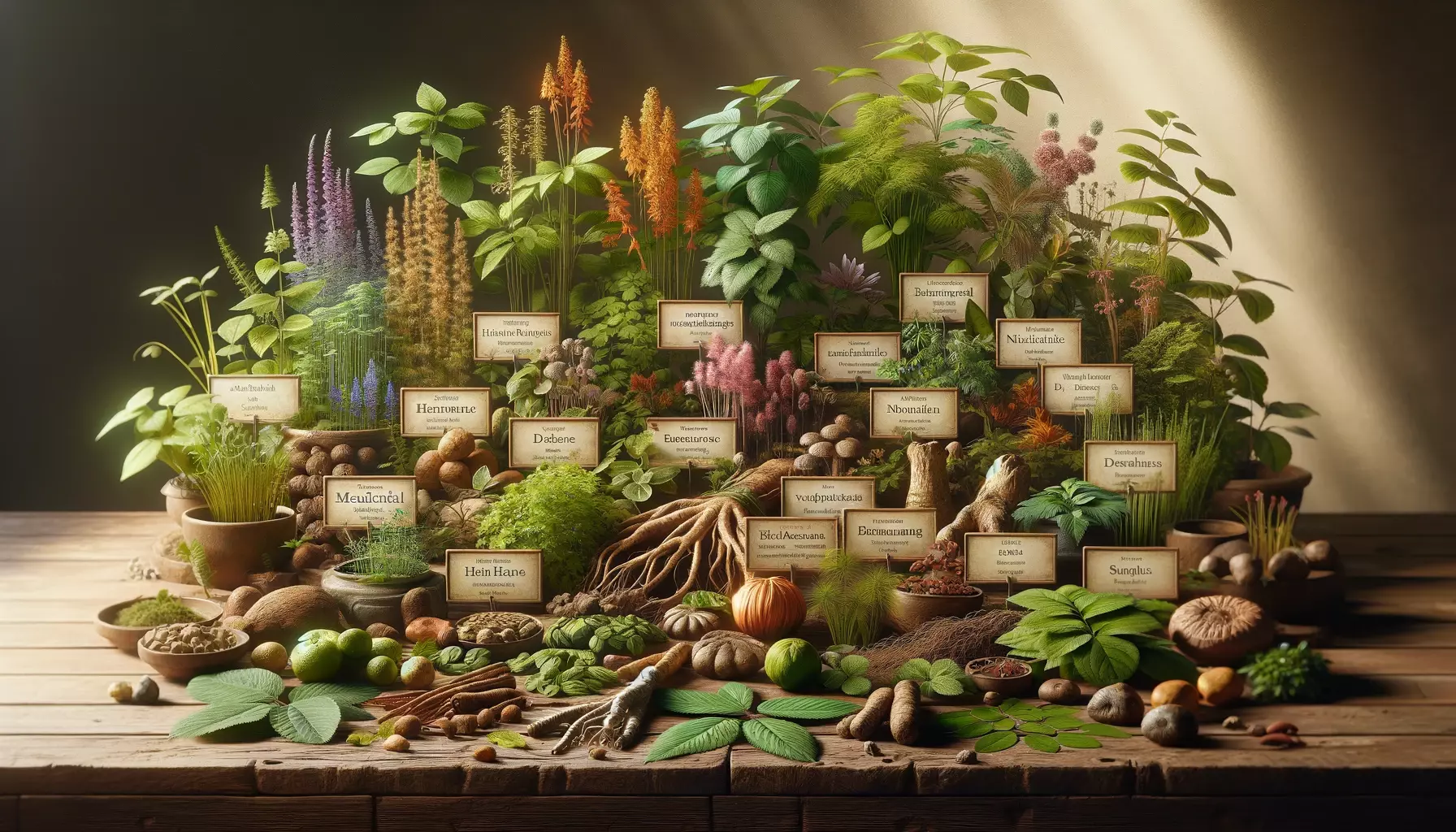The Threat to Traditional Medicine Knowledge
A recent study has highlighted a pressing concern: as indigenous languages face extinction, invaluable knowledge about medicinal plants risks being lost. This loss is not just a matter of language, but a potential disappearance of centuries-old remedies, many of which remain undocumented in scientific literature.
Languages as Vessels of Ecological Wisdom
Indigenous languages are not mere communication tools; they are reservoirs of extensive knowledge about their surrounding ecosystems. Yet, with over 30% of the world’s 7,400 languages predicted to vanish by the century’s end, as per United Nations estimates, this wisdom faces an existential threat.
A Study on Language and Medicinal Plant Knowledge
Dr. Rodrigo Cámara-Leret, a biologist from the University of Zurich, spearheaded a study that shed light on this often-overlooked aspect. The focus of many conservation efforts has been on biodiversity, but cultural diversity loss is equally critical. His team’s research into 12,000 medicinal plant uses, linked to 230 indigenous languages across North America, north-west Amazonia, and New Guinea, revealed staggering statistics: a significant portion of this medicinal knowledge is exclusive to just one language in each region. The extinction of these languages could mean the simultaneous loss of unique medicinal expertise.
The Implications of Language Loss
The study, published in the Proceedings of the National Academy of Sciences (PNAS), warns of a severe compromise in humanity’s capacity for medicinal discovery. Regions like north-west Amazonia and North America are particularly vulnerable, with a high percentage of this knowledge supported by languages that are endangered.
The Uncharted Potential of Plant-Based Remedies
The range of treatments derived from plants is vast and includes remedies for fungal infections, digestive issues, respiratory ailments, and more. The depth of indigenous knowledge, encompassing plants and animals and their interrelations, is astounding, often surprising even the most seasoned plant taxonomists.
The Vanishing Voices
With over 1,900 languages now spoken by fewer than 10,000 people each, the UN has recognized the crisis by declaring 2022-32 the International Decade of Indigenous Languages. This move underscores the urgent need to preserve these linguistic heritages.
Beyond the Utilitarian Value
While European medicinal knowledge might just be the “tip of the iceberg,” the significance of conserving indigenous languages extends beyond their utilitarian value in medicine. Every indigenous language and culture represents a unique evolutionary lineage. Losing any of these is an irrevocable loss, not just of potential medicinal knowledge but of cultural heritage and diversity.
Conservation Efforts and Future Directions
Governments and educational institutions can play a crucial role in preserving linguistic diversity through programs and bilingual schooling. Anthropologist Dr. Jonathan Loh, unaffiliated with the study, emphasizes the importance of conserving languages not solely for their medicinal potential but as unique cultural and evolutionary legacies. In an age where the extinction of both linguistic and biological diversity looms, the preservation of indigenous languages is a crucial step in safeguarding the wealth of knowledge they contain.
